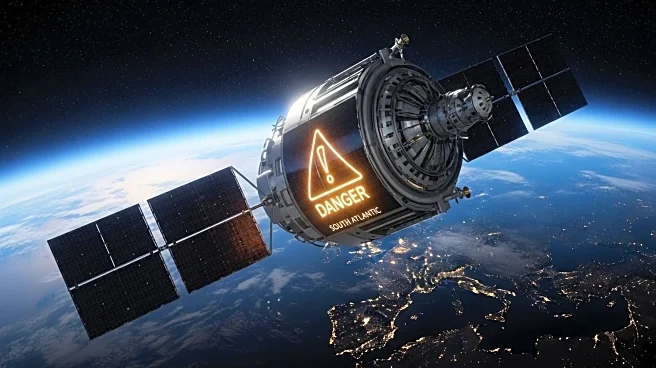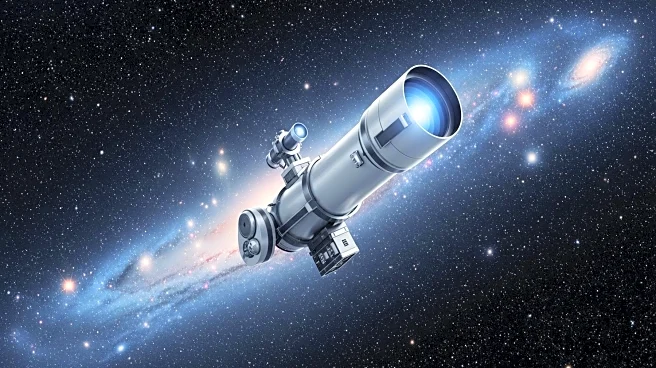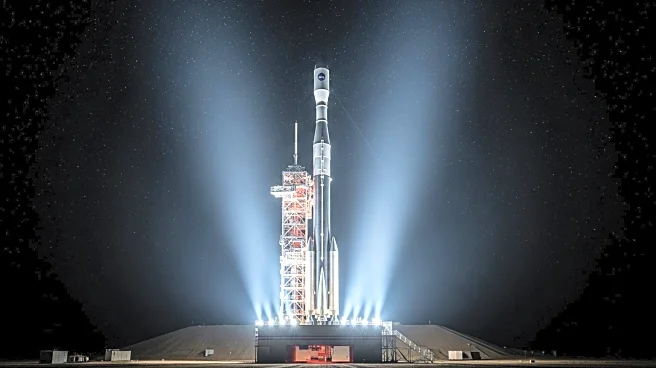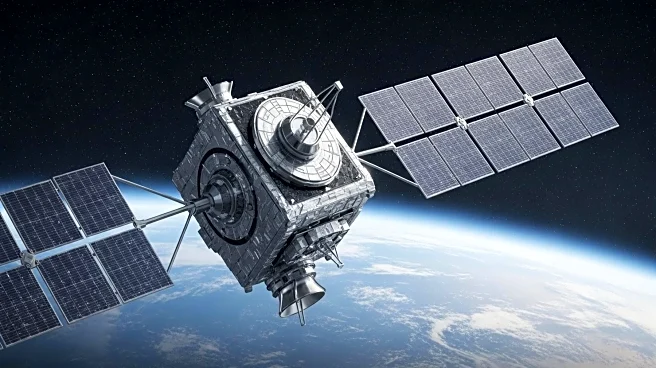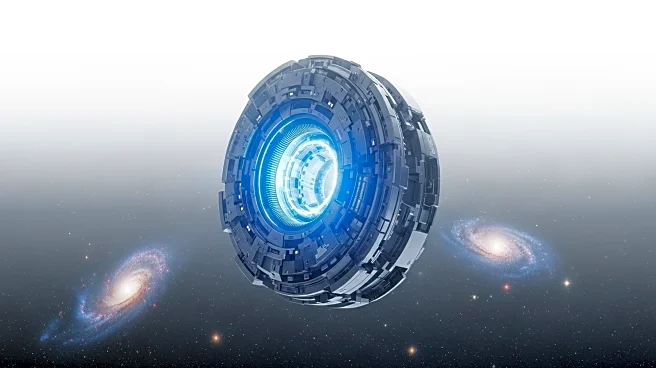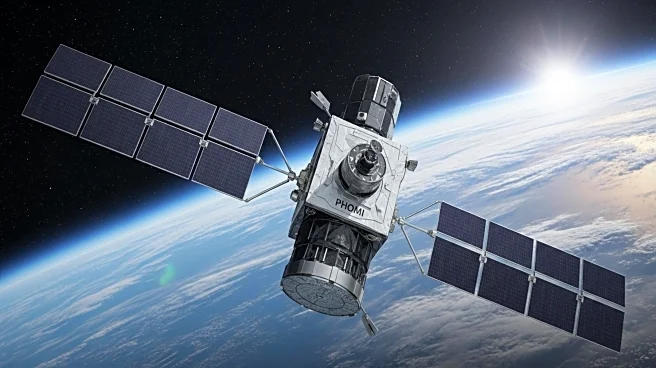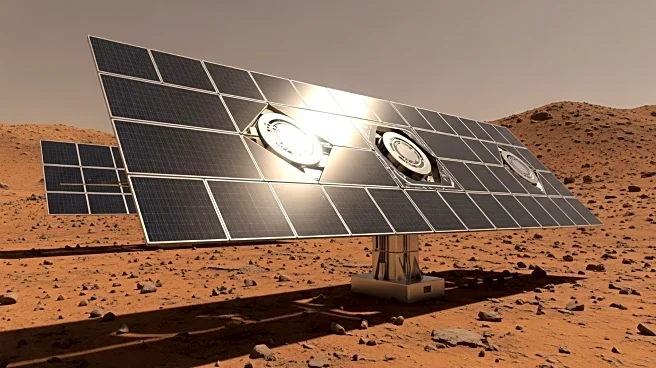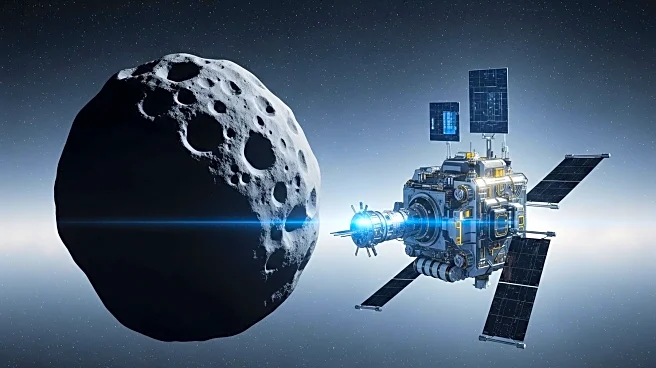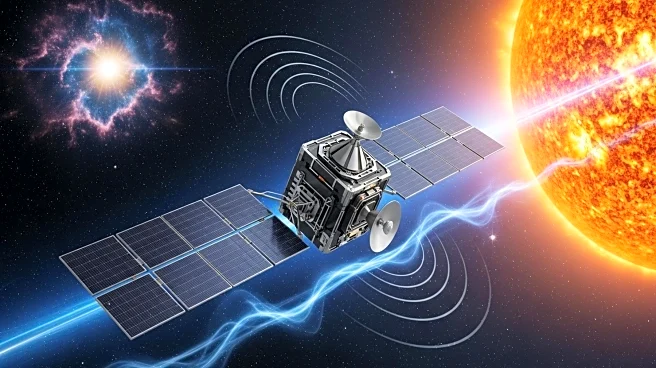What is the story about?
What's Happening?
NASA has raised concerns about the South Atlantic Anomaly (SAA), a region of weakened magnetic field over South America and the South Atlantic Ocean. This anomaly, linked to deep geodynamic processes, poses risks to satellites and space technology by allowing high-energy solar particles to penetrate closer to Earth. The anomaly is characterized by a local polarity inversion and is expanding, now splitting into two distinct lobes. NASA is using satellite data and simulations to track and understand this phenomenon, which affects satellite operations and data integrity.
Why It's Important?
The South Atlantic Anomaly's impact on space technology is significant, as it increases the risk of malfunctions and data loss in satellites passing through the region. This poses challenges for satellite operators and space missions, necessitating preventive measures to protect equipment. The anomaly's expansion and bifurcation complicate predictive modeling, highlighting the need for ongoing research to safeguard space assets and improve our understanding of Earth's magnetic field dynamics.
What's Next?
NASA continues to monitor the anomaly using global models like the International Geomagnetic Reference Field. The agency is focused on refining forecasts and understanding the anomaly's evolution to mitigate risks to current and future space missions. This research is crucial for developing strategies to protect satellites and enhance our knowledge of Earth's internal processes.
AI Generated Content
Do you find this article useful?
